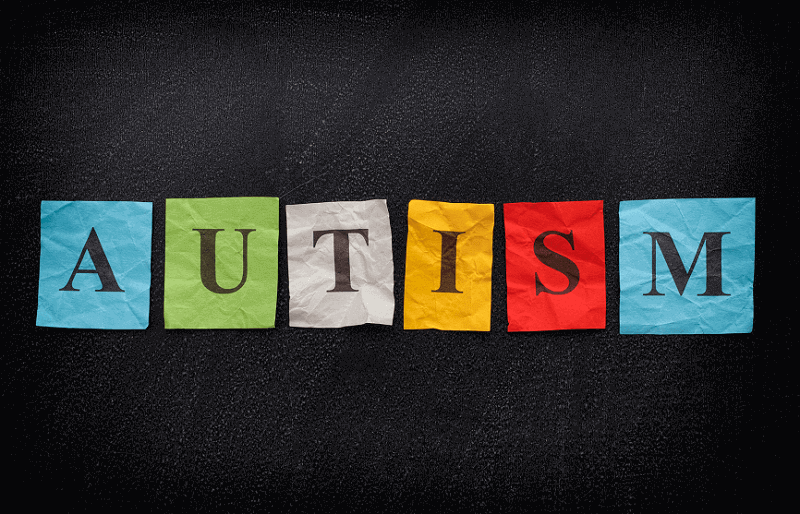Originally answered on Quora: How does reduced synaptic pruning contribute to the symptomatology of autism?
There are three diagnostic features of autism spectrum disorder: (1) impairments in social interactions, (2) difficulties in verbal communication, and (3) repetitive/restricted behaviors. One of the main theories for the neurobiological basis of autism takes the perspective that there are underlying issues in the development of network dynamics (i.e., how different areas of the brain communicate with each other). When communication breaks down or is not working as efficiently, we see that manifested as the core symptomatology of the disorder.
Synaptic pruning in brain development serves to refine communication between functional areas by improving the Signal-to-noise. When excess local connections are removed, this would tighten up network Community structure and reduce unnecessary cross-talk with neighboring nodes (blue & red in typical development, Panel TD). However, in the presence of too many overlapping connections, the distinct signals from neighboring communities may compete and interfere with each other, effectively creating noise and “confusion” within the network (blue & red in autism spectrum disorder, Panel ASD). Without clear, coordinated signals, this may also negatively affect the development of long-distance connectivity as well, such as those between fronto-parietal regions for higher-order executive functions. Of note, participation in social interactions heavily relies on the coordination between multiple, disparate areas of the brain.
Additionally, in a scenario where there is no signal interference, it may also be possible for local over-connectivity to be a useful feature (teal in Panel ASD). Larger modules with more nodes could theoretically have greater processing capacity. This would more likely occur in early sensory areas of the brain, since those are the first to mature and thus have “first dibs” on cortical real estate. Nevertheless, whether the enhanced capacity becomes functional will depend on if the connections with and within downstream processing areas will also be able to process all the information. When sensory input becomes excessive, further integration and processing can become the bottleneck and become a hinderance to typical brain development. My theory is that this may be happening in many of the most severe cases of autism, but that remains to be proven.
